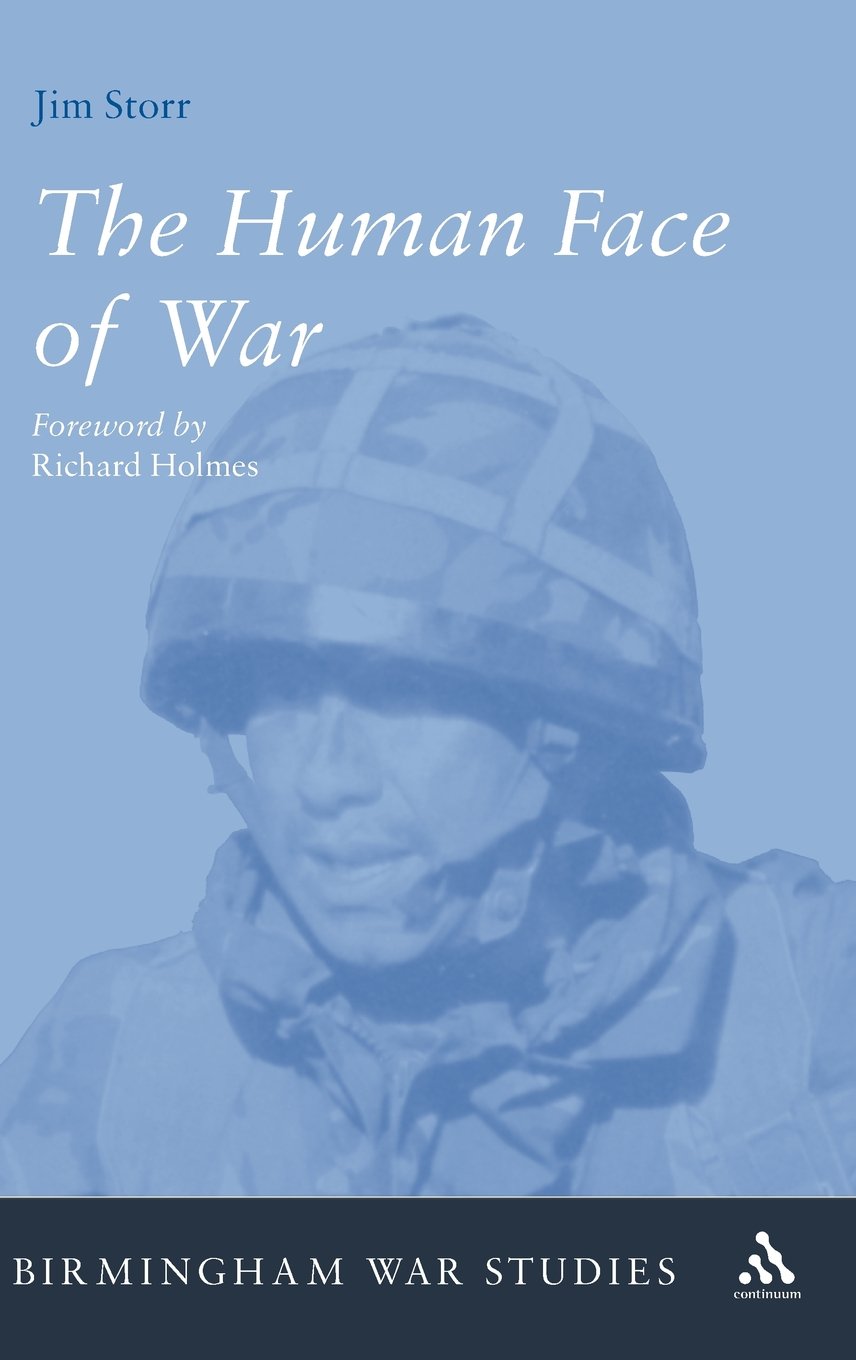Any army would be better if its officers displayed a more questioning attitude to their profession. Jim Storr
Jim Storr’s The Human Face of War is a highly readable companion to doctrine that explores not just what to do in warfare but why we must do those things. Published in 2009 and difficult to find in hard copy, I suspect that it is little known amongst junior officers. This is unfortunate as it is a book that junior officers can obtain great value from.
Storr is a former British Army officer who now consults and teaches on military thought. He begins The Human Face of War by taking a highly critical look at British doctrine and its shortcomings. He uses the example of the respective definitions of “command” and “control” being completely circular and therefore making the term “command and control” quite meaningless. One of his central arguments is that doctrine often consists of broad, self-reinforcing statements without statistics or examples. While very recent Australian Army doctrine such as LWD 1 The Fundamentals of Land Power 2017 has begun to steer away from this style of writing, we have a long way to go before we can say we are no longer guilty of this.
The ruthless application of logic is a theme he maintains throughout his book and produces one of its greatest strengths – a refusal to accept a proposition on face value.
Storr tends to use statistics and other mathematics to assign a number rather than simply say something is “good”. In wargaming, we already score our plans against various criteria. Storr expands this approach to wider factors in planning, and backs his assertions with mathematics and logic rather than intuition. For example, we all know surprise is good to have on our side, but just how good is it? Storr states that it will normally have a greater impact than a 10 to 1 force ratio. It does not matter if he is slightly wrong and it is actually 9, or 11 to 1. It is more useful to have an approximate number than none at all.
In other examples, Storr tackles questions such as why a reserve is the size of the element two-down from a headquarters, why smaller divisions may be more effective in combat, and why a quick decision is better than a perfect one. In each case he uses clear, compelling logic and mathematics to show why the alternatives are not the case. He also touches upon logistics including ways of reducing time past a point, and the need to make logistics vehicles interchangeable.
In later chapters Storr focusses on the psychology of war and explains that when we attack an enemy element we are really attacking its organisation in an effort to inflict the psychological state of defeat upon the enemy; to convince the enemy commander that he has lost. Storr reminds us that despite all technological advances, “warfare is fundamentally a human activity”.
I found the first seven chapters excellent reading for junior officers and thought the final three focussing on personality, policy and a summary will probably offer more value to those commanding at battlegroup level and above.
The Human Face of War should be read in conjunction with doctrine. While doctrine tells us a series of things we should do, this book explains why. Not every concept will be new to the reader, and Storr acknowledges this, comparing one chapter to “viewing the world through a better pair of spectacles”. In many places Storr is able to clearly state what the reader already had a sense of but could not define.
My overwhelming impression of the book was that I wish I had read it earlier, during my time in platoon command. I recommend it to all officers.
About the author
Captain Chris Hall is an Australian Infantry Officer. His interests are military history, the psychology of battle and methods of overwhelming enemy decision cycles. He is studying a Bachelor of Business Administration through Southern Cross University.

